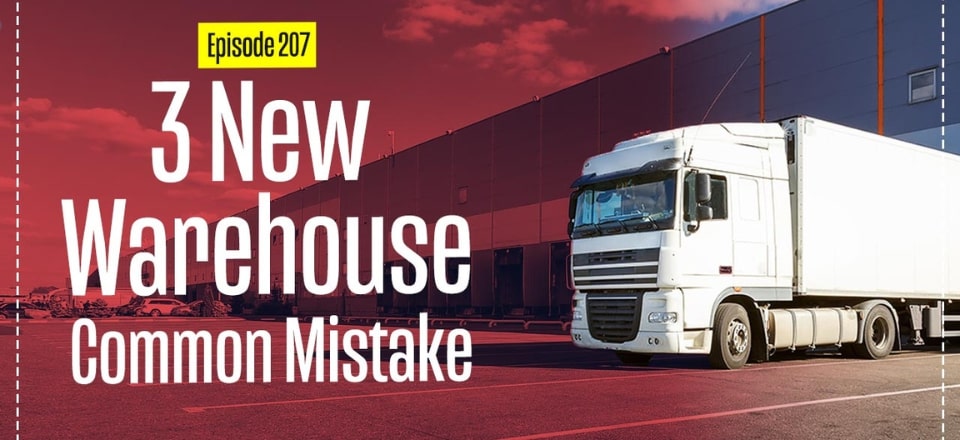When moving to a new distribution center, businesses often make costly mistakes that can impact efficiency.
In this video, I’ll highlight three common pitfalls and show you how to avoid them, ensuring a smoother and more successful transition.
By addressing these issues upfront, you’ll save time and resources.
Stick around until the end for additional tips and resources that can help guide you through this process. Watch the video below!
Key Mistakes in Warehouse Design
Designing Prematurely
One common pitfall in warehouse design is starting the process before thoroughly understanding the business’s requirements. Often, companies secure land or lease space and then seek design services without first conducting a detailed analysis of their needs. This approach can lead to inefficiencies, such as having too much or too little space. For instance, if a company designs a warehouse without considering future growth, they may end up with a facility that is either over-sized or inadequate for their needs. A detailed assessment should include evaluating the volume and type of goods, operational workflows, and future growth projections. This assessment helps avoid wasted resources and ensures that the warehouse design aligns with both current and future needs.
Inadequate Growth Planning
Another prevalent mistake is failing to plan adequately for future growth. While companies might account for their current space requirements, they often overlook how changes in their product range, storage needs, or operational processes will impact the warehouse. For example, a business that plans to expand from ambient storage to include chilled or frozen items will need additional space and different handling methods. Planning should involve analyzing past growth trends and forecasting future needs, including potential increases in SKUs and changes in inventory handling processes. Without incorporating these potential changes into the design, businesses may find themselves constrained as their needs evolve, leading to costly modifications or operational disruptions.
Lack of Detailed Future Profiling
A third mistake involves not providing a detailed future profile of the warehouse. It’s essential to anticipate not just current needs but also how they might change over time. This includes understanding the future number of SKUs, pick locations, and storage types. For instance, if a company currently uses 1,000 pick locations but expects this number to double, the warehouse design needs to account for this increase. Additionally, planning for future changes in inventory handling, such as transitioning to automated systems, is crucial. Without this foresight, companies may face challenges that necessitate costly redesigns and operational inefficiencies. Detailed future profiling ensures that the warehouse can accommodate evolving business needs and technological advancements.
Related articles on this topic have appeared throughout our website, check them out:
- Warehouse Product Slotting: The Ultimate Guide
- Warehouse Design – Rules of Thumb… And a Checklist
- Planning a Warehouse Network and Design: Key Factors to Consider
- 10 Proven Principles for Best Warehouse Design and Operation
- A Recommended Approach to Warehouse Layout and Operational Design
Editor’s Note: The content of this post was originally published on Logistics Bureau’s website dated August 02, 2023, under the title “Avoid These 3 Common Mistakes in Warehouse Design“.


